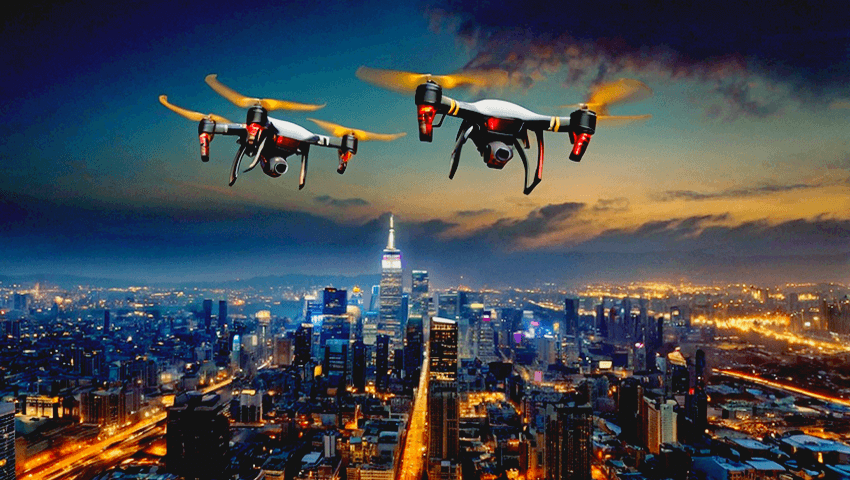
Researchers at the Madras Institute of Technology under Anna University, Chennai, have achieved a significant milestone with their latest innovation. The Indian Patent Office has officially granted a patent for the novel airborne-based intelligent autonomous landing system designed for mini-Unmanned Aerial Vehicles (UAVs).
This advanced technology is set to redefine drone capabilities by enabling precise identification and landing at various geographical locations, even in challenging terrains. According to K. Senthil Kumar, Professor and Director of the Dr. Kalam Advanced UAV Research Centre at MIT’s Department of Aerospace Engineering, this development is a game-changer for logistical operations, particularly in remote or hostile environments.
The patented system excels in its ability to pinpoint landing sites using a multitude of images, allowing drones to safely land in areas with uneven surfaces, slopes, or other obstacles. Unlike traditional UAVs that require well-prepared, flat surfaces, this innovative system can identify markers – such as specific colored objects or attire – and land accurately, even on rugged terrain.
Dr. Senthil Kumar detailed that the system identifies the exact location of a marker, calculates the coordinates, and enables the UAV to land at the designated spot, including on moving platforms. Additionally, QR codes can be utilized to further enhance accuracy and reliability. This autonomous system leverages AI and deep learning algorithms to increase efficiency, reduce landing times, and operate fully onboard.
It is anticipated to greatly benefit high-altitude logistics, supporting armed forces and border security in delivering essential supplies, conducting emergency relief, and executing critical missions. The technology supports UAVs capable of carrying up to 50 kg of payload over distances of 20 km, with ongoing efforts to increase both payload capacity to 100 kg and range to 50 km.
However, the new UAV landing system has potential applications extending far beyond conventional military use. This technology also holds promise for a variety of civilian applications, including firefighting, surveillance, and even healthcare logistics. The system could revolutionize the delivery of organs and medicines, as well as enhance e-commerce operations by facilitating efficient product delivery.
Dr. Senthil Kumar highlighted the significance of this invention, noting its potential to revolutionize package delivery methods. Traditionally, deliveries were made through airdrops from significant altitudes, but this new system introduces a more precise and adaptable approach to drone landings.